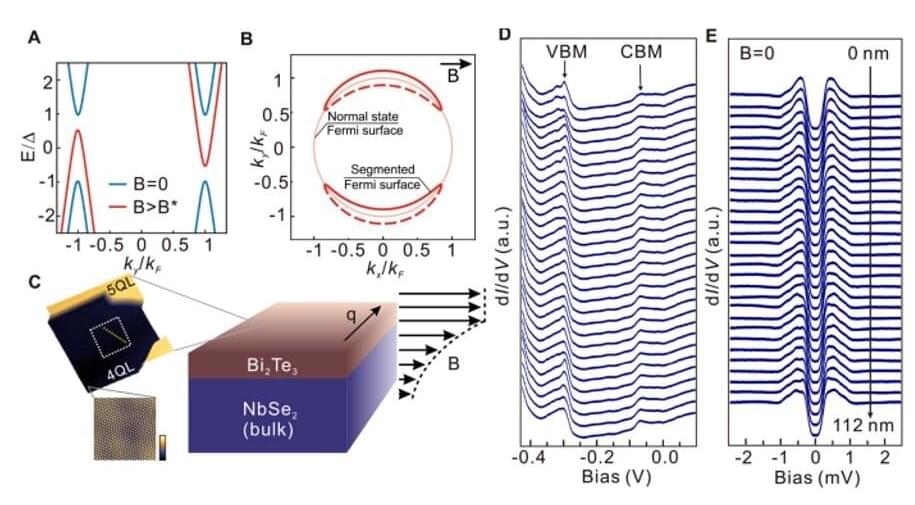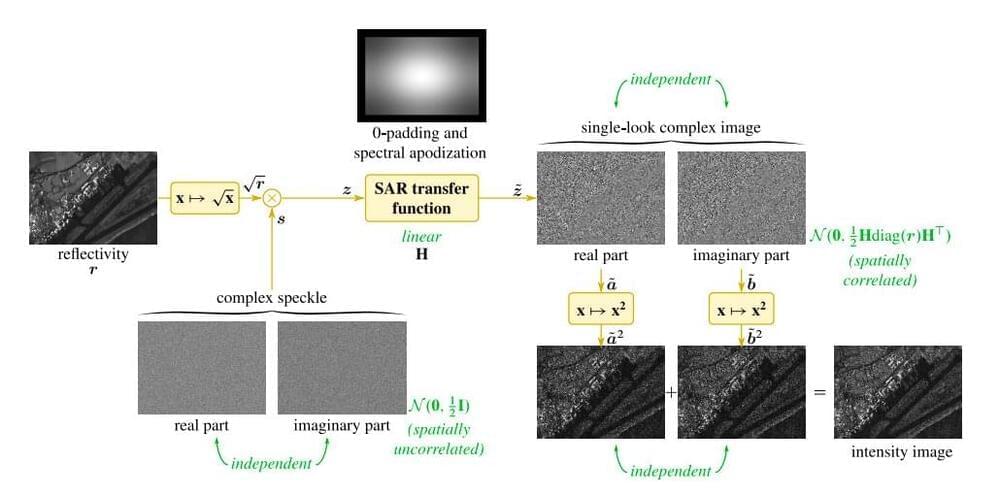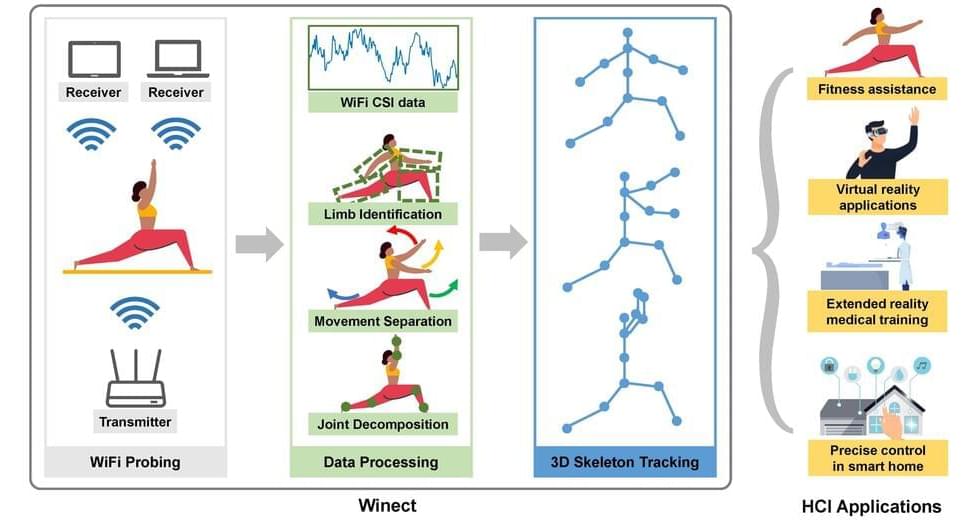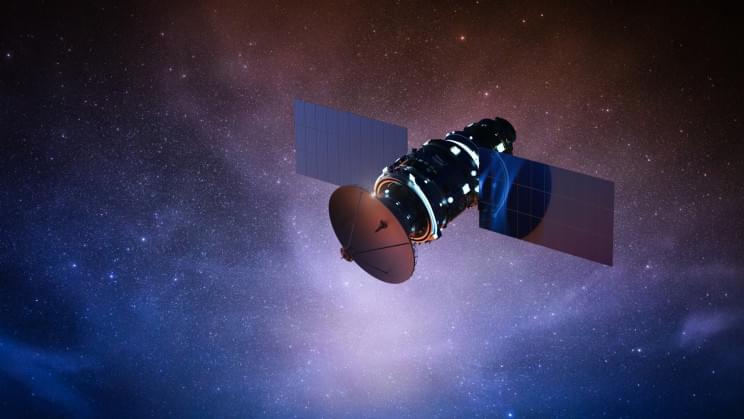In a new report now published in Science, primary authors Zhen Zhu, Michal Papaj, and an international research team in physics, materials science, and condensed matter at the Jiao Tong University, China, Massachusetts Institute of Technology, U.S., and the Chinese Academy of Sciences discovered the Fermi surface of supercurrent-induced quasiparticles in a superconducting system for the first time. This discovery comes 50 years after the initial theoretical prediction was made by physicist Peter Fulde and revealed the impact of the finite Cooper pair momentum on the quasiparticle spectrum. In condensed matter physics, Cooper pairs are a pair of electrons with opposite spins loosely bound due to electron-lattice interactions. Superconductivity is based on their condensation to Bosonic states at low temperatures. The interplay of superconductivity and magnetic fields leads to the phenomenon of a ‘segmented Fermi surface. A leading author of this work, MIT Professor of Physics Liang Fu, outlined the significance of this discovery.
Supercurrent flow in a superconductor
Physicists assume that a sufficiently large supercurrent can close the energy gap in a superconductor and create gapless quasiparticles via the Doppler shift of quasiparticle energy. This is facilitated by the finite momentum of Cooper pairs in the presence of supercurrent flow in a superconductor, where the shift in Cooper pair momentum can result in a Doppler shift. In this work, Zhu et al. used quasiparticle interference to image the field-controlled Fermi surface of bismuth telluride (Bi2Te3) thin films proximitized by the superconductor niobium diselenide (NbSe2). A small applied in-plane magnetic field induced a screening supercurrent, which led to finite momentum pairing on the topological surface states of Bi2Te3. The scientists identified distinct interference patterns to indicate a gapless superconducting state with a segmented Fermi surface to reveal the strong impact of the finite Cooper pair momentum on the quasiparticle spectrum.







